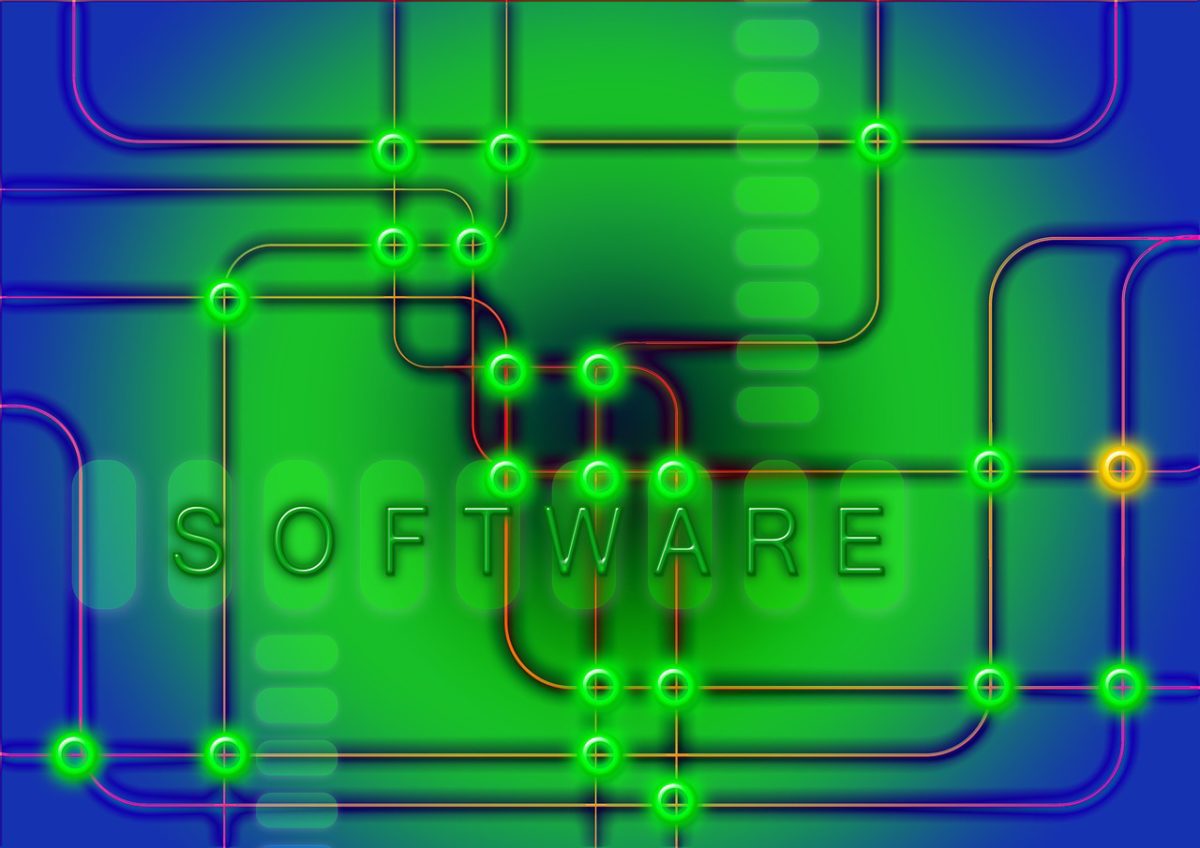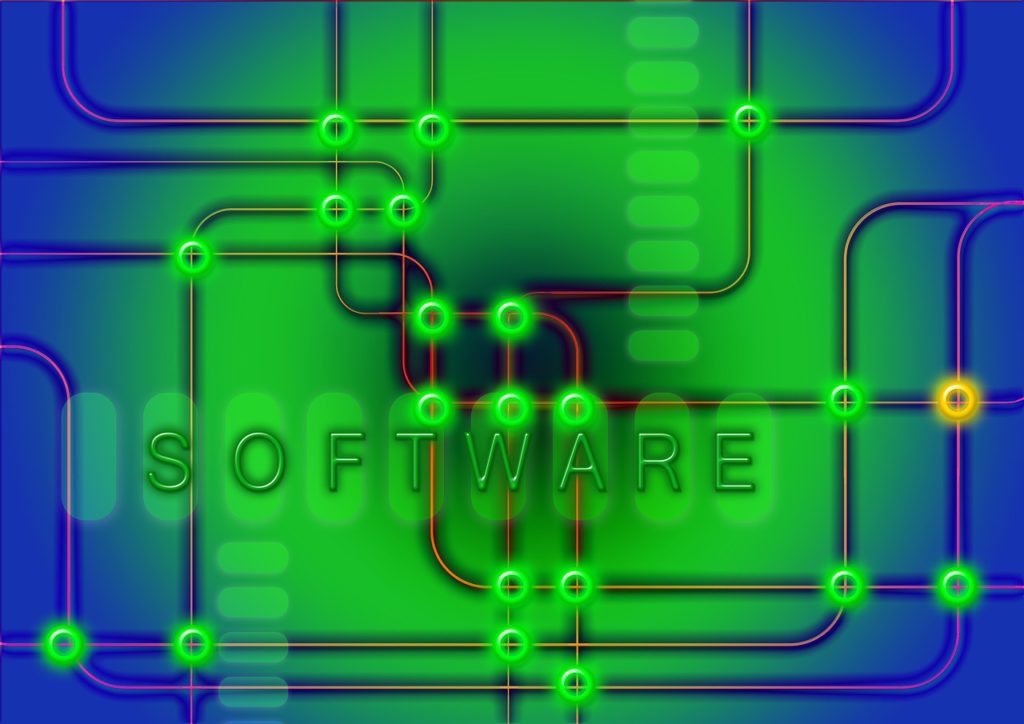
Due to increasingly high-level demands being put on HR managers, they are now facing even greater time constraints each day—especially in the area of administrative tasks. In the light of this, many companies are trying to alleviate this burden by adopting tailor-made or off-the-shelf Human Resources Management Systems (HRMS). In the Human Resources Management System Trend Survey Report, conducted in November 2010 by COL Limited, an IT services subsidiary of Wharf T&T Limited, studies show that 70% of the 126 HR executives who responded said they currently used HR systems and of those, 59% have had their system in place for over six years, while 30% of companies without one, planned to purchase one soon.
Benefits of HRMS
A well-designed HRMS brings a wide range of benefits for HR. Florence Cheung, Vice President, Human Resources of Wharf T&T and COL explained, “HR professional nowadays do not just play an administrator’s role, they play a very significant role as a business partner. For HR to function in this role, they need to be free from those routine tasks. Streamlining this operation through technology or centralised operational groups reduces their workload by at least 50%, freeing up valuable management time.”
Some HR managers and companies may question the benefit of implementing and adapting to a new HR system in view of the time it will take to establish, the cost and potential added workload to their already full plate. So how can HR get employees on board? Cheung explained that prior to purchasing a system, employers should first get the HR managers’ buy-in and then, for those employees that are reluctant, educate them of the new process to let them understand how the system will help them increase their efficiency and accuracy. She added, “When implementing the new system, it is important to make it straightforward, simple and provide for sufficient practise in order to not overwhelm staff.”
Key functions of HRMS
According to the HRMS Trend Survey, self-service HRMS functions that are most commonly adopted by HR include: e-Leave, 85%, e-Personal, 70%, and e-Payslip & e-Taxation, 60% (Chart 1). The functions that are most commonly adopted by HR executives include: employee profile management, 97%, payroll and reward management, 87%, and leave management functions, 74% (Chart 2).
New functions for HR systems that are currently being sought by HR departments, in order of demand, include: performance and development management, manager and employee self-service functions, and strategic workforce analytics, which surprisingly less than 10% of HR executives currently use. In regards to succession planning Cheung explained that HRMS can incorporate a Performance Management Process (PMP) system, where each employee’s competency, education background and qualifications are put into a database to facilitate analysis and identification of the skills required for key positions.
Tailor-made vs. off-the-shelf
The report revealed that HR executives preferred to purchase off-the-shelf and tailor-made systems created by external vendors. In contrast, subscription-based and fully outsourced processes were not so common. When deciding which type of HRMS system to purchase, Cheung explained that there are several key considerations for HR to take into account when purchasing an HRMS. The fact that off-the-shelf options are the cheapest and easiest way to purchase and install an HRMS they can only free up basic HR tasks such as payroll and employee profiles, and as such may only be useful for smaller organisations. For larger companies with high-level demands and the need to streamline processes, she advised HR to look for the next generation of features and functions with a facility for customisation. Cheung added that while tailor-made programmes are becoming more popular in order to meet companies’ unique needs, they tend to be more expensive and require a longer implementation time.
Selection criteria in HRMS
With the wide variety of systems currently on the market, selecting a programme that best meets the needs of an HR manager and their company can be quite a daunting task. According to the study, the number one selection criterion was cost, followed by product features and functionality, ease of use and integration with existing HR systems. With regard to keeping an eye on budget, Cheung noted the greater the degree of customisation required, the higher the price you have to pay. In order to minimise the chances of failure of a new HRMS, she advised HR, “Not everyone needs a full HRMS, and the level of appropriateness of the system depends on the employee population, organisational culture and monetary costs. Therefore, before making any decisions, I would recommend that HR fully understands the company’s needs—this is very important.”
Implementing an HRMS
Cheung suggested that HR managers should keep the following criteria in mind when implementing an HRMS:
- The precise implementation timeframe—how long will it take to implement? Implementation timeframes range from six months to up to two years for larger-scale multi-location set-ups.
- Need for future customisation—the level of anticipated customisation is important in determining the actual cost of any system purchased.
- IT support—HR cannot usually implement an HRMS by themselves so there is a need for technical support either from internal or external IT consultants.
- User training—get the users familiar with the system to help you get their buy-in.
Regarding tailor-made HRMS, Cheung summarised, “I would like to emphasise that HRMS are implemented not just to reduce costs or manpower, but rather to help HR professionals, to free them from administrative tasks and give them more time to concentrate on strategic planning so they can act as a business partner—resulting in value-added for the company.”
HRMS can not only save time and money for HR but it can free up valuable time for more strategic tasks. The trick is to know exactly what functions you require, and are likely to need in the future, before deciding which one is the best for your organisation.






